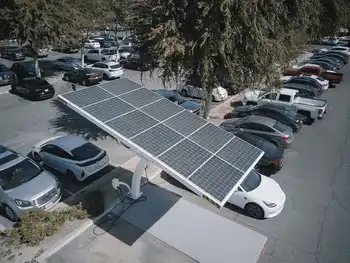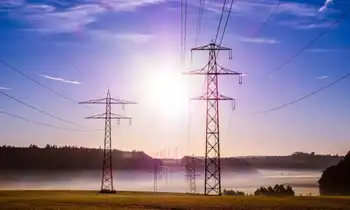Work starts on Asia's largest solar park
GUJARAT, INDIA - Work has officially started on what will be Asia's largest solar park, the 500-megawatt MW installation at Charanka village in the Patan district of Gujarat in India.
Chief Minister Narendra Modi, while inaugurating works on the site, said that the area would take advantage of the excessive heat from the sun, which is normally considered a severe disadvantage, to provide benefits to the district in the form of jobs and further developments.
The park is located approximately 60 kilometers from the border with Pakistan and lies under the Tropic of Cancer. The first phase of the project will cover 2,000 hectares, of which about half is wasteland. Acquisitions for the remaining areas are currently under way.
Topographical and geotechnical surveys for the site have already been completed, and plots at the park will be allocated to solar developers on a 30-year lease.
The Gujarat state government's 'Solar Power Policy - 2009' calls for the setting up of 1,000 MW of solar power by 2012 and 3,000 MW over the next five years. The government has agreed to buy 933 MW of power from the park.
In addition, the government has pledged to provide all the resources required by developers, such as water, roads and power transmission facilities. The Gujarat Energy Transmission Corporation Limited GETCO has already begun work on the power transmission lines to carry power from the site.
In addition to the solar power generating plants, the park will also contain manufacturing units for solar panels and associated equipment, solar research and development. Already some 15 companies, including GMR Energy, which is a part of GMR Infrastructure Limited, and the GSPC Pipavav Power Company Limited.
Another company that intends to set up a solar plant at the park is Azure Power, which already operates India's first and only private, utility-scale solar power plant — the 2-MW Punjab facility.
Chief Minister Modi stated that the 500-MW solar park will provide both energy savings and a reduction in greenhouse gas emissions. He estimated that by using solar power, the park would save about 900,000 tons of coal that would be required to drive a similar capacity thermal generating power plant. In addition, carbon emissions will be cut by a massive 8 million tons.
The cost for the solar park has been estimated to be $286 million, while the total investment expected to be attracted to the park is likely to top $1.6 billion over the next three to four years. The first phase of the park is expected to generate electricity by the end of next year.
Related News

Smaller, cheaper, safer: Next-gen nuclear power, explained
WASHINGTON - Inside the Transient Reactor Test Facility, a towering, windowless gray block surrounded by barbed wire, researchers are about to embark on a mission to solve one of humanity’s greatest problems with a tiny device.
Next year, they will begin construction on the MARVEL reactor. MARVEL stands for Microreactor Applications Research Validation and EvaLuation. It’s a first-of-a-kind nuclear power generator, cooled with liquid metal and producing 100 kilowatts of energy. By 2024, researchers expect MARVEL to be the zero-emissions engine of the world’s first nuclear microgrid at Idaho National Laboratory (INL).
“Micro” and “tiny,” of course, are relative. MARVEL stands 15…




